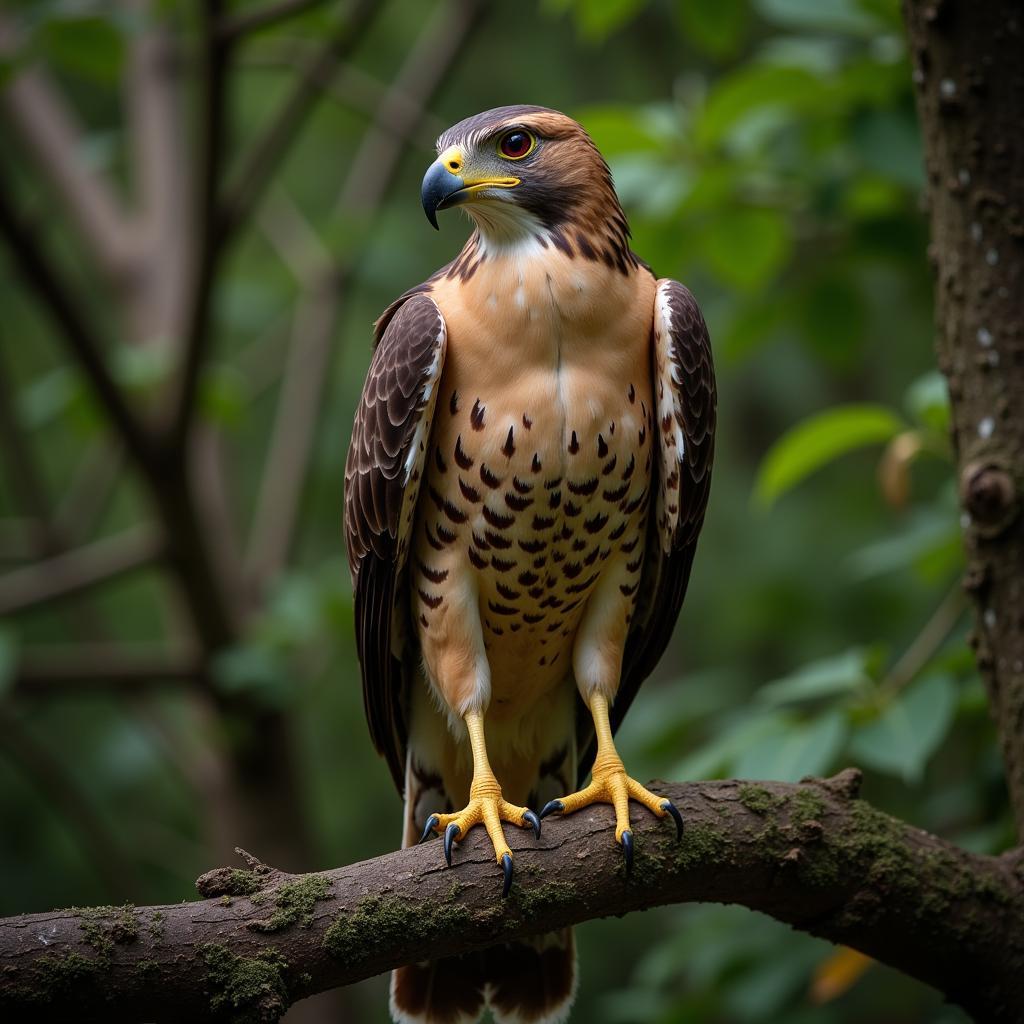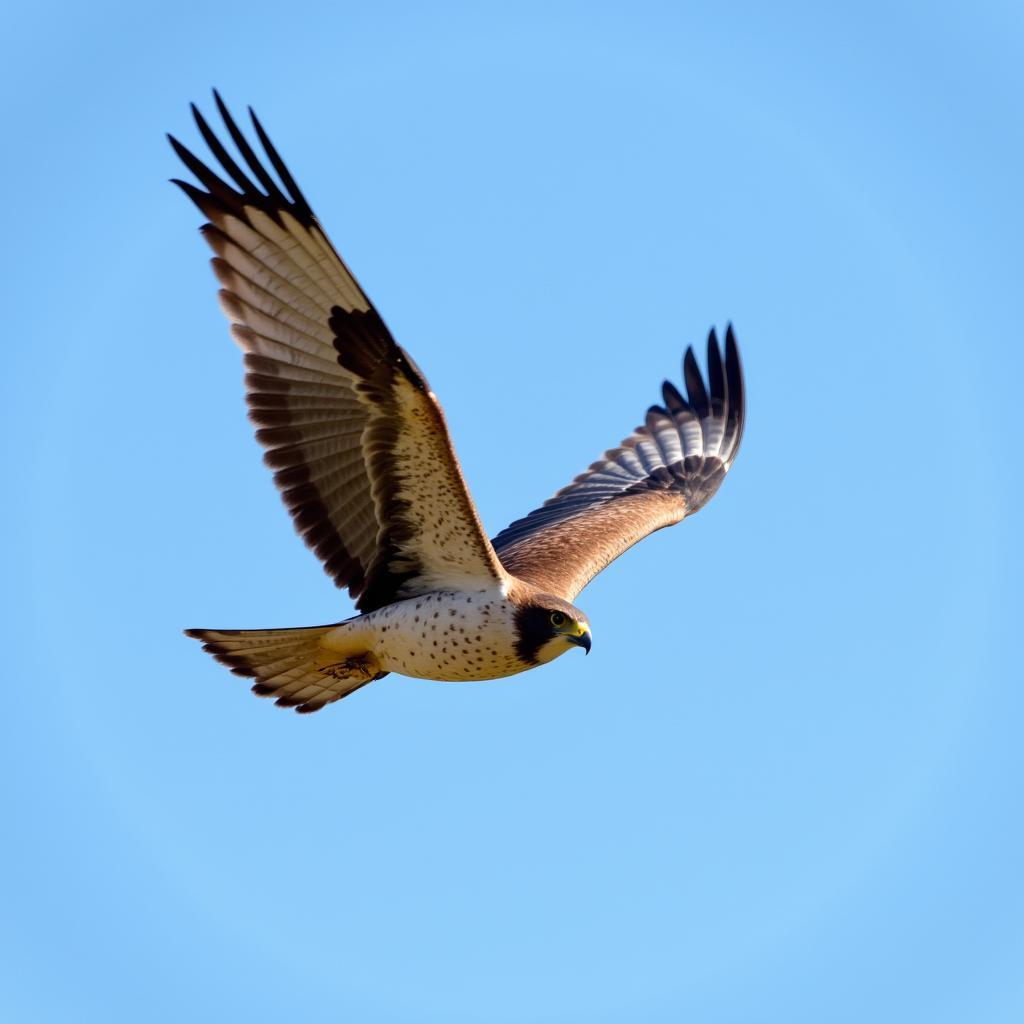African Goshawk News and Updates
The African goshawk, a formidable raptor found across sub-Saharan Africa, is a subject of ongoing fascination for bird enthusiasts and researchers. This article delves into the latest news and updates concerning this impressive bird of prey, covering its behavior, habitat, conservation status, and more.
Understanding the African Goshawk: Behavior and Habitat
African goshawks are known for their agility and hunting prowess. They primarily inhabit woodlands, forests, and even suburban areas, demonstrating a remarkable adaptability. Their diet mainly consists of birds, small mammals, and reptiles, which they capture with swift aerial attacks. African goshawks are typically solitary hunters, fiercely defending their territories from intruders. These birds are highly adaptable and can thrive in a variety of environments, from dense forests to open woodlands and even urban areas. Their ability to navigate through complex vegetation makes them highly effective hunters.
African goshawks are also known for their complex breeding behaviors. They typically build nests high in trees, where the female lays a clutch of 2-4 eggs. Both parents share the responsibilities of incubation and chick rearing. The young goshawks remain in the nest for several weeks before fledging and becoming independent. The breeding season varies depending on the geographical location, but it typically occurs during the dry season.
 African Goshawk Hunting in Woodland
African Goshawk Hunting in Woodland
Conservation Status of the African Goshawk
While the African goshawk is not currently listed as globally threatened, localized populations face pressures due to habitat loss and degradation. Deforestation, urbanization, and agricultural expansion are all contributing factors to the decline of suitable habitats for this species. Understanding these threats is crucial for developing effective conservation strategies. Efforts to protect and restore woodland habitats are essential to ensure the long-term survival of the African goshawk. Monitoring populations and tracking their distribution is also critical for assessing the effectiveness of conservation initiatives.
Furthermore, the illegal pet trade poses a threat to certain African goshawk populations. Trapping these birds for the exotic pet market can have detrimental effects on local populations, disrupting their natural breeding patterns and reducing their overall numbers. Raising awareness about the importance of conserving this magnificent raptor is crucial for mitigating these threats and ensuring its continued presence in African ecosystems.
 African Goshawk Soaring in Flight
African Goshawk Soaring in Flight
African Goshawk: Diet and Hunting Techniques
What does the African goshawk eat? The African goshawk is a highly skilled predator with a diverse diet. Its primary prey consists of birds, including doves, pigeons, and other smaller avian species. It also hunts small mammals, such as squirrels and rodents, and occasionally reptiles, including lizards and snakes. The goshawk’s hunting strategy involves a combination of stealth and speed. It often perches concealed within the foliage, waiting for the opportune moment to ambush its prey with a swift and powerful attack. Its sharp talons and strong beak are perfectly adapted for capturing and dispatching its quarry.
The Future of the African Goshawk
The future of the African goshawk hinges on continued conservation efforts. Protecting existing habitats, promoting sustainable land management practices, and combating the illegal wildlife trade are all crucial steps in ensuring the long-term survival of this remarkable bird of prey. Supporting research initiatives focused on understanding the African goshawk’s ecology and behavior will also provide valuable insights for developing effective conservation strategies. By working together, researchers, conservationists, and local communities can play a vital role in safeguarding the future of this magnificent raptor for generations to come.
Conclusion
The African goshawk, a symbol of power and grace in the African skies, faces ongoing challenges in a changing world. By staying informed about the latest African Goshawk News and supporting conservation initiatives, we can all contribute to the preservation of this magnificent raptor and the rich biodiversity of Africa.
FAQ
-
What is the average lifespan of an African goshawk?
- The average lifespan of an African goshawk in the wild is estimated to be around 10-15 years.
-
What are the main threats to African goshawks?
- The primary threats are habitat loss due to deforestation and the illegal pet trade.
-
What is the wingspan of an African goshawk?
- The wingspan of an African goshawk typically ranges from 65-85 cm.
-
Are African goshawks migratory birds?
- African goshawks are generally resident birds, meaning they do not undertake long-distance migrations.
-
Where can I find more information on African goshawk conservation?
- Several organizations dedicated to bird conservation provide valuable information and resources.
-
How can I support African goshawk conservation efforts?
- You can support conservation by donating to reputable organizations and raising awareness.
-
What is the role of the African goshawk in the ecosystem?
- As an apex predator, the African goshawk plays a vital role in regulating prey populations.
Other Related Articles:
- Birds of Prey in Africa
- Wildlife Conservation in Sub-Saharan Africa
- The Impact of Deforestation on African Wildlife
For further assistance, contact us at Phone: +255768904061, Email: [email protected] or visit our office in Mbarali DC Mawindi, Kangaga, Tanzania. We have a 24/7 customer support team.

